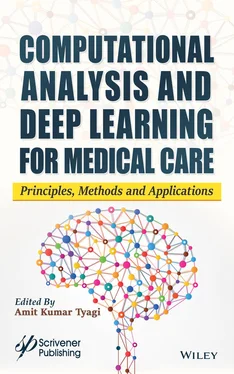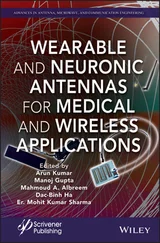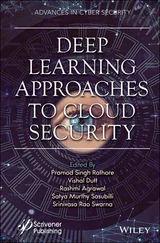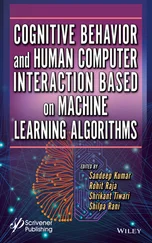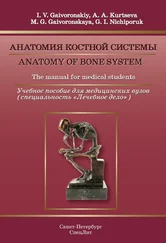332 334
333 335
334 336
335 337
336 338
337 339
338 340
339 341
340 342
341 343
342 344
343 345
344 346
345 347
346 348
347 349
348 350
349 351
350 352
351 353
352 354
353 355
354 356
355 357
356 358
357 359
358 361
359 363
360 364
361 365
362 366
363 367
364 368
365 369
366 370
367 371
368 372
369 373
370 374
371 375
372 376
373 377
374 378
375 379
376 380
377 381
378 382
379 383
380 384
381 385
382 386
383 387
384 388
385 389
386 390
387 391
388 392
389 393
390 394
391 395
392 396
393 397
394 398
395 399
396 400
397 401
398 402
399 403
400 404
401 405
402 406
403 407
404 408
405 409
406 410
407 411
408 412
409 413
410 414
411 415
412 416
413 417
414 418
415 419
416 420
417 421
418 422
419 423
420 424
421 425
422 426
423 427
424 429
425 430
426 431
427 432
428 433
429 434
430 435
431 436
432 437
433 438
434 439
435 440
436 441
437 442
438 443
439 444
440 445
441 446
442 447
443 448
444 449
445 450
446 451
447 452
448 453
449 454
450 455
451 456
452 457
453 458
454 459
455 460
456 461
457 463
458 464
459 465
460 466
461 467
462 468
463 469
464 470
465 471
466 472
467 473
468 474
469 475
470 476
471 477
472 478
473 479
474 480
475 481
476 482
477 483
478 484
479 485
480 486
481 487
482 488
483 489
484 490
485 491
486 492
487 493
488 494
489 495
490 496
491 497
492 498
Scrivener Publishing100 Cummings Center, Suite 541J Beverly, MA 01915-6106
Publishers at Scrivener Martin Scrivener ( martin@scrivenerpublishing.com) Phillip Carmical ( pcarmical@scrivenerpublishing.com)
Computational Analysis and Deep Learning for Medical Care
Principles, Methods, and Applications
Edited by
Amit Kumar Tyagi

This edition first published 2021 by John Wiley & Sons, Inc., 111 River Street, Hoboken, NJ 07030, USA and Scrivener Publishing LLC, 100 Cummings Center, Suite 541J, Beverly, MA 01915, USA
© 2021 Scrivener Publishing LLC
For more information about Scrivener publications please visit www.scrivenerpublishing.com.
All rights reserved. No part of this publication may be reproduced, stored in a retrieval system, or transmitted, in any form or by any means, electronic, mechanical, photocopying, recording, or otherwise, except as permitted by law. Advice on how to obtain permission to reuse material from this title is available at http://www.wiley.com/go/permissions.
Wiley Global Headquarters111 River Street, Hoboken, NJ 07030, USA
For details of our global editorial offices, customer services, and more information about Wiley products visit us at www.wiley.com.
Limit of Liability/Disclaimer of WarrantyWhile the publisher and authors have used their best efforts in preparing this work, they make no representations or warranties with respect to the accuracy or completeness of the contents of this work and specifically disclaim all warranties, including without limitation any implied warranties of merchantability or fitness for a particular purpose. No warranty may be created or extended by sales representatives, written sales materials, or promotional statements for this work. The fact that an organization, website, or product is referred to in this work as a citation and/or potential source of further information does not mean that the publisher and authors endorse the information or services the organization, website, or product may provide or recommendations it may make. This work is sold with the understanding that the publisher is not engaged in rendering professional services. The advice and strategies contained herein may not be suitable for your situation. You should consult with a specialist where appropriate. Neither the publisher nor authors shall be liable for any loss of profit or any other commercial damages, including but not limited to special, incidental, consequential, or other damages. Further, readers should be aware that websites listed in this work may have changed or disappeared between when this work was written and when it is read.
Library of Congress Cataloging-in-Publication Data
ISBN 9781119785729
Cover image: Pixabay.Com
Cover design by Russell Richardson
Set in size of 11pt and Minion Pro by Manila Typesetting Company, Makati, Philippines
Printed in the USA
10 9 8 7 6 5 4 3 2 1
Due to recent technological developments and the integration of millions of Internet of Things (IoT)-connected devices, a large volume of data is being generated every day. This data, known as big data, is summed up by the 7 V’s—Volume, Velocity, Variety, Variability, Veracity, Visualization, and Value. Efficient tools, models and algorithms are required to analyze this data in order to advance the development of applications in several sectors, including e-healthcare (i.e., for disease prediction) and satellites (i.e., for weather prediction) among others. In the case of data related to biomedical imaging, this analyzed data is very useful to doctors and their patients in making predictive and effective decisions when treating disease. The healthcare sector needs to rely on smart machines/devices to collect data; however, nowadays, these smart machines/devices are facing several critical issues, including security breaches, data leaks of private information, loss of trust, etc.
We are currently entering the era of smart world devices, where robots or machines are being used in most applications to solve real-world problems. These smart machines/devices reduce the burden on doctors, which in turn make their lives easier and the lives of their patients better, thereby increasing patient longevity, which is the ultimate goal of computer vision. Therefore, our goal in writing this book is to attempt to provide complete information on reliable deep learning models required for e-healthcare applications. Ways in which deep learning can enhance healthcare images or text data for making useful decisions will be discussed. Also presented are reliable deep learning models, such as neural networks, convolutional neural networks, backpropagation, and recurrent neural networks, which are increasingly being used in medical image processing, including for colorization of black and white X-ray images, automatic machine translation images, object classification in photographs/images (CT scans), character or useful generation (ECG), image caption generation, etc. Hence, reliable deep learning methods for the perception or production of better results are a necessity for highly effective e-healthcare applications. Currently, the most difficult data-related problem that needs to be solved concerns the rapid increase of data occurring each day via billions of smart devices. To address the growing amount of data in healthcare applications, challenges such as not having standard tools, efficient algorithms, and a sufficient number of skilled data scientists need to be faced. Hence, there is growing interest in investigating deep learning models and their use in e-healthcare applications.
Читать дальше
